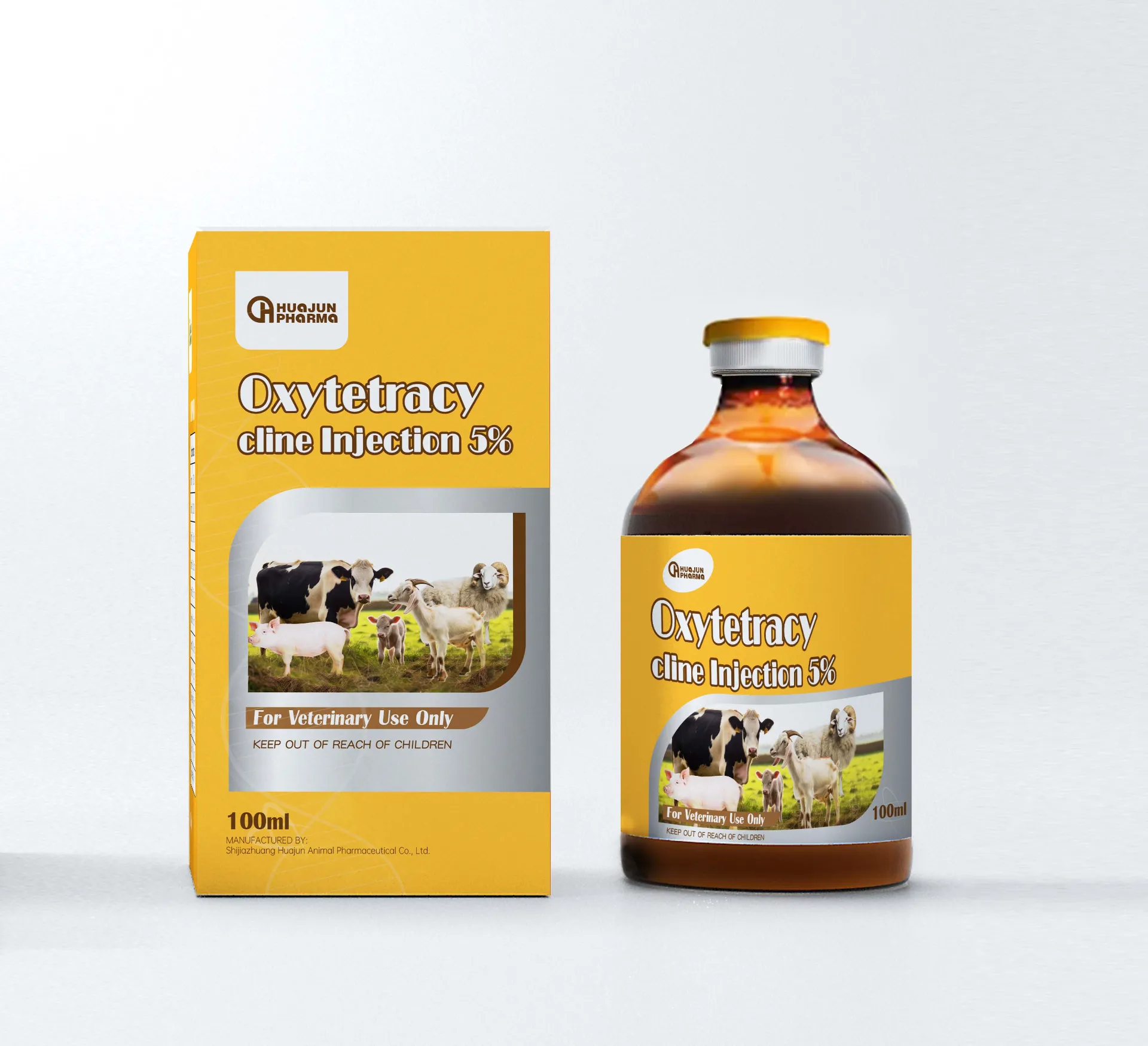
Nov . 30, 2024 19:53 Back to list
Managing Pasteurellosis in Pigs for Improved Health and Production Efficiency
Pasteurellosis in Pigs Understanding the Disease and Its Impact on Swine Production
Pasteurellosis, caused by the bacterium *Pasteurella multocida*, is a significant respiratory disease that affects pigs and poses a substantial threat to the swine industry. Understanding the etiology, clinical signs, transmission pathways, and prevention strategies for this disease is crucial for pig farmers, veterinarians, and animal health professionals.
Etiology
*Pasteurella multocida* is a gram-negative, facultative anaerobic bacterium that is commonly found in the respiratory tracts of healthy pigs. It can become pathogenic under certain conditions, particularly when the animal's immune system is compromised due to stress, poor management, or concurrent infections. The bacterium is known to cause both acute and chronic forms of disease, often leading to pneumonia, septicemia, and in extreme cases, death.
Clinical Signs
Infected pigs often exhibit a range of clinical signs, including fever, coughing, nasal discharge, and difficulty breathing. In acute cases, symptoms can progress rapidly, leading to severe respiratory distress, sudden death, and high mortality rates. In contrast, chronic cases may show persistent, milder symptoms, which can be challenging to diagnose without proper veterinary assessment. The economic impact of pasteurellosis is significant, as affected animals display reduced weight gain and decreased feed efficiency, directly affecting the profitability of swine operations.
Transmission and Risk Factors
Pasteurellosis typically spreads through direct contact between infected and healthy individuals. The bacterium can also be transmitted through contaminated environments, equipment, and housing systems. Stress factors such as poor ventilation, overcrowding, and sudden changes in diet or environment can predispose animals to infection. Additionally, concurrent infections with other pathogens, such as viruses or parasitic infections, can exacerbate the severity of the disease.
Diagnosis
pasteurellosis in pigs manufacturers

Accurate diagnosis of pasteurellosis is essential for effective management
. Veterinarians often rely on clinical signs, necropsy findings, and laboratory tests, including bacterial culture and molecular techniques, to confirm the presence of *Pasteurella multocida*. Recognizing the disease early can significantly improve the outcomes for affected animals.Prevention and Control
Preventing pasteurellosis in pigs relies on a multi-faceted approach to management. Key strategies include
1. Good Husbandry Practices Maintaining optimal environmental conditions through proper ventilation, sanitation, and biosecurity measures can help reduce stress and the spread of the bacterium.
2. Vaccination Vaccines against *Pasteurella multocida* are available and can be an essential part of a herd health program. Vaccination can enhance immunity in pigs, especially during high-risk periods or when prior outbreaks have occurred.
3. Monitoring Health Regular health assessments and monitoring of respiratory signs in pigs can facilitate the early detection of pasteurellosis, allowing for timely intervention.
4. Reducing Stress Minimizing stressors such as overcrowding, abrupt changes in diet, and transportation can help improve the overall health of the pigs and reduce their susceptibility to infections.
Conclusion
Pasteurellosis remains a critical issue in swine health, impacting animal welfare and the economic viability of production systems. Effective management, including good husbandry practices, proper vaccination, and vigilant health monitoring, is essential for controlling this disease. By understanding the complexities of pasteurellosis and implementing comprehensive health strategies, swine producers can protect their herds and ensure sustainable production in the face of this challenging pathogen. Collaboration with veterinarians and ongoing education about disease management will be vital for future success in combating pasteurellosis in pigs.
-
Immunovital Fish Feed Factory | AI-Optimized Nutrition
NewsAug.03,2025
-
Quality Bacillus Coagulans BC30 Factory - Expert Production
NewsAug.02,2025
-
China Salivation AI with GPT-4 Turbo Features
NewsAug.01,2025
-
Epic Sepsis Factories: AI-Driven Detection with GPT-4 Turbo
NewsJul.31,2025
-
Acute Salpingitis and Oophoritis AI Factory
NewsJul.31,2025
-
Premium China Bacillus Subtilis Supplier & Factory Solutions
NewsJul.30,2025




